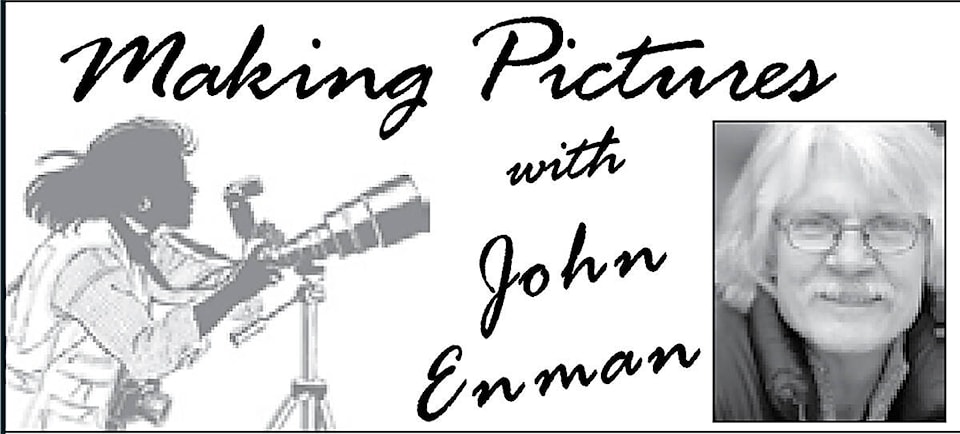Most photographers that are interested in bird and wildlife photography are resigned to the fact that the lenses they need to capture that distant subject require long telephoto lenses that are very expensive. Once in a while an old manual Tamron or Sigma will turn up for around $1000.00. But most are much pricier.
I remember wondering if there would ever be telephoto lens options that wouldn’t cost me more than a months rent or require going from three meals a day down to one for the better part of the next year?
Then I found that the answer was yes, there was something unusual called a mirror lens.
What is a mirror lens?
A mirror lens looks like and acts like a compact telescope. Conventional (refractive) lenses use groups of glass elements to collect light that passes to the focused image and then the sensor. Mirror lenses are comprised of a series of angled circular mirrors that gather the light that instead of transmitting a focused image directly to the camera sensor, reflect the that light back and forth, reflecting a narrower portion of the image until a highly magnified area of the original image reaches the camera’s sensor.
In his discussion on mirror lenses New York City photographer and host of the B&H Photography Podcast Allan Weitz wrote, “Also known as catadioptric lenses, or ‘cats’,” He says, “Mirror lenses contain glass elements clustered together with no air between the elements. The advantage of Cats is the glass elements are cemented together into a single solid unit, making them far more resistant to misalignment due to impact or heavy vibrations.”
Weitz likes them, continuing with, “Part of the reason mirror lenses are less costly is that glass lens elements require far more production time and expensive equipment to produce, compared to cutting circles into flat sheets of mirrored glass. A big advantage of mirror lenses is that due to their design, image files produced by mirror lenses are free from chromatic and off-axis aberrations, which are common with traditional refractive telephoto lenses.”
I happened on my first mirror lens back in the mid 1980s when I purchased a Canon AE1 with a Canon 500mm mirror lens. Gosh it was fun to use. Focusing wasn’t as easy as the standard 300mm lens I had, but by using a tripod, monopod or beanbag I got some great shots.
One must get used to the mirror lenses’ very narrow depth-of-field. This type of lens has no diaphragm, and there is no way to stop-down to hide focus errors. Catadioptric lenses have a fixed aperture, usually f/8. I quickly learned that even the tiniest focus error ruined my shot and I learned to be careful.
Mirror lenses are a great bargain if you can find one that is in good condition. But remember Mirror lenses are from a time before digital and were made for manual focus cameras, so there is no auto focusing.
Both Nikon and Pentax have the same lens mount they did in the 1970’s. (Nikon changed to it’s modern mount 1974 and Pentax in 1975) So they will both accept a manual ‘cat’ lens. For the rest of the cameras and especially mirrorless camera bodies there are many adapters that allow any lens to be used on the camera you have. If a photographer is willing to put up with the limitations a mirror lens is an inexpensive and fun lens to have.
Stay safe and be creative. These are my thoughts for this week.
Contact me at www.enmanscamera.com or emcam@telus.net
_______________
Like us on Facebook
